Global Coal Consumption Returns To Record Levels
R-Squared Energy
SEPTEMBER 11, 2023
Previous articles discussed the trends in global carbon dioxide emissions , the overall highlights of the Review, the production and consumption of petroleum, and natural gas production and consumption. That was behind oil (31.6%), but ahead of natural gas (23.5%). times 160 pounds, and natural gas emitted 23.5%


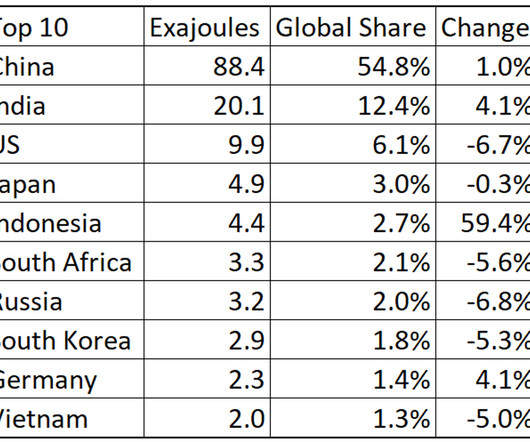
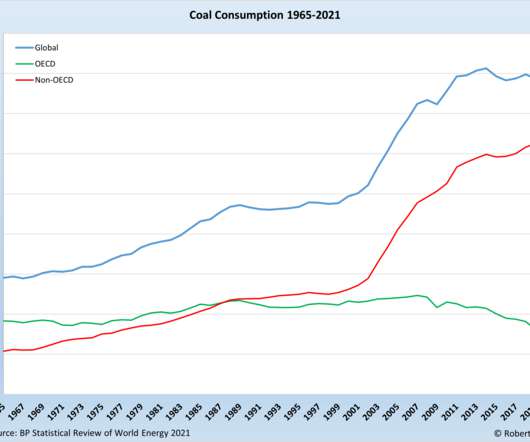
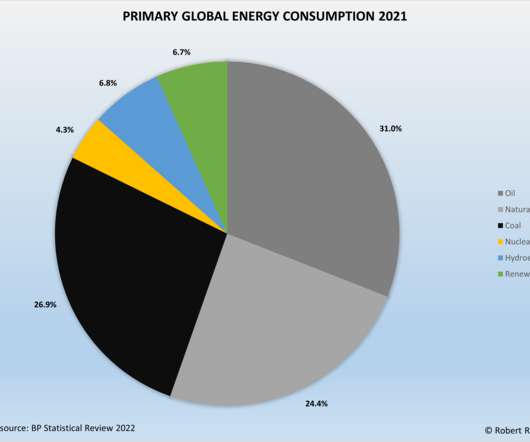

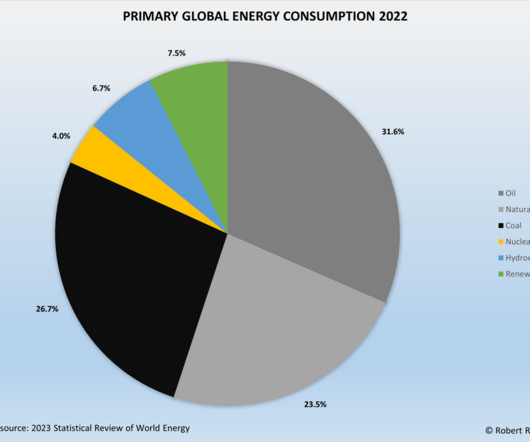



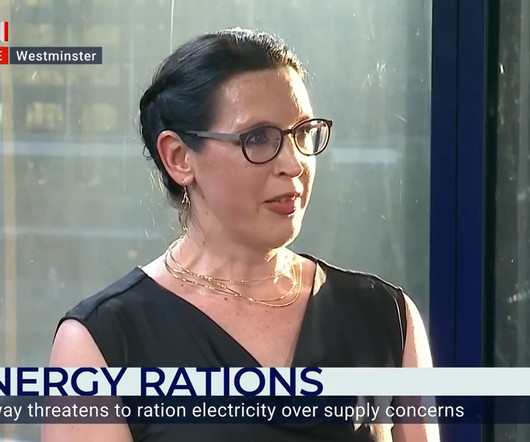












Let's personalize your content